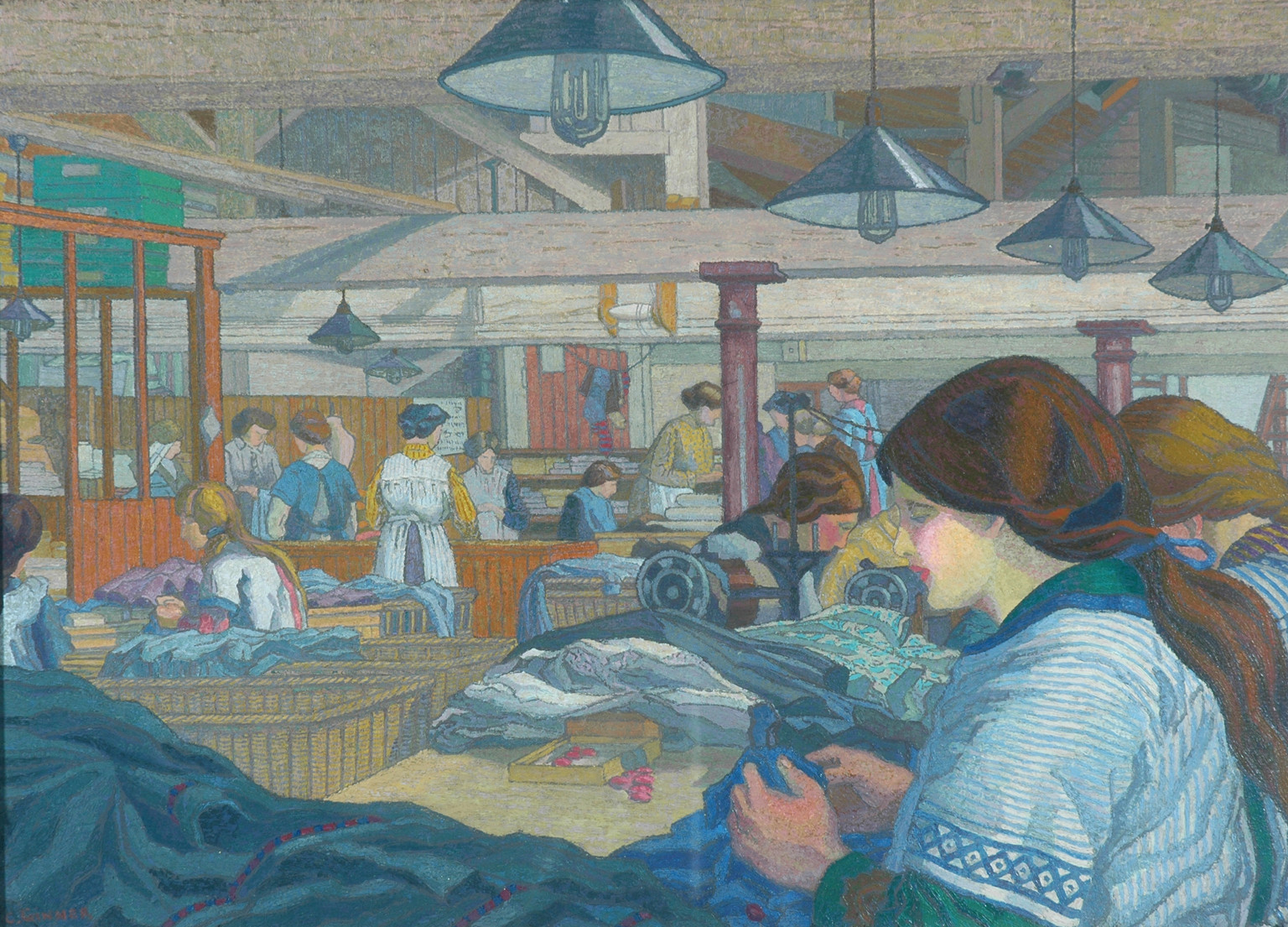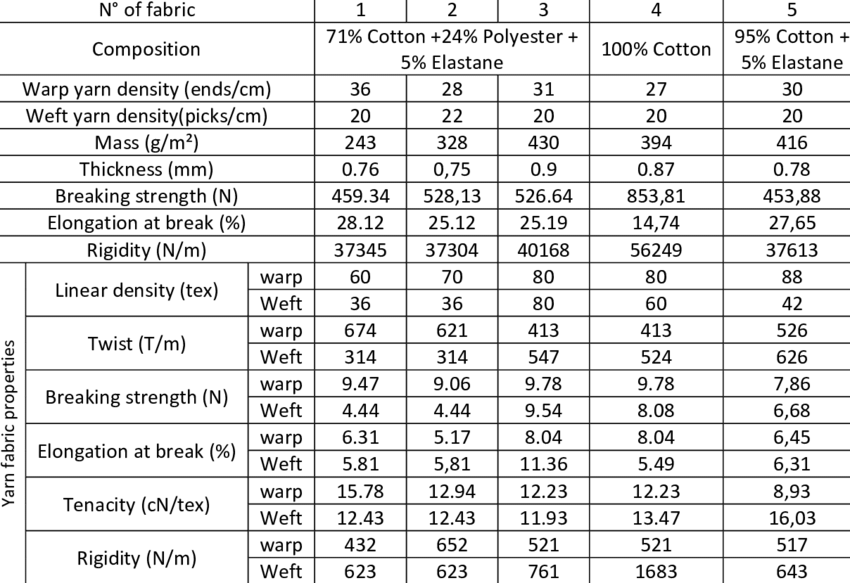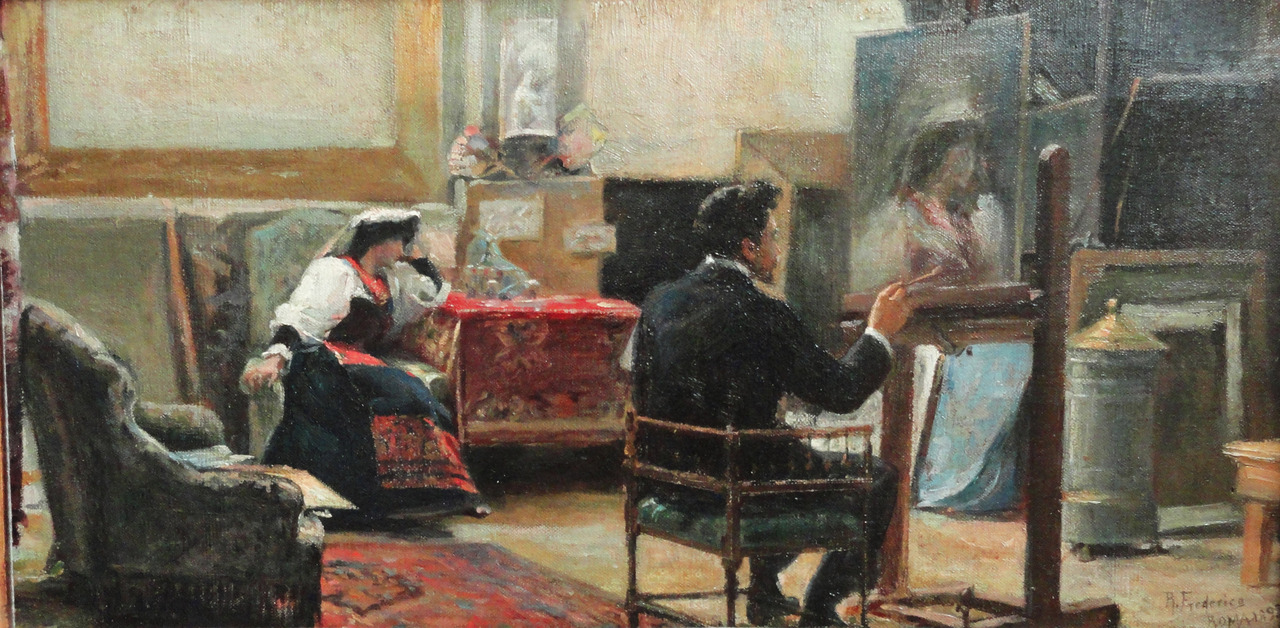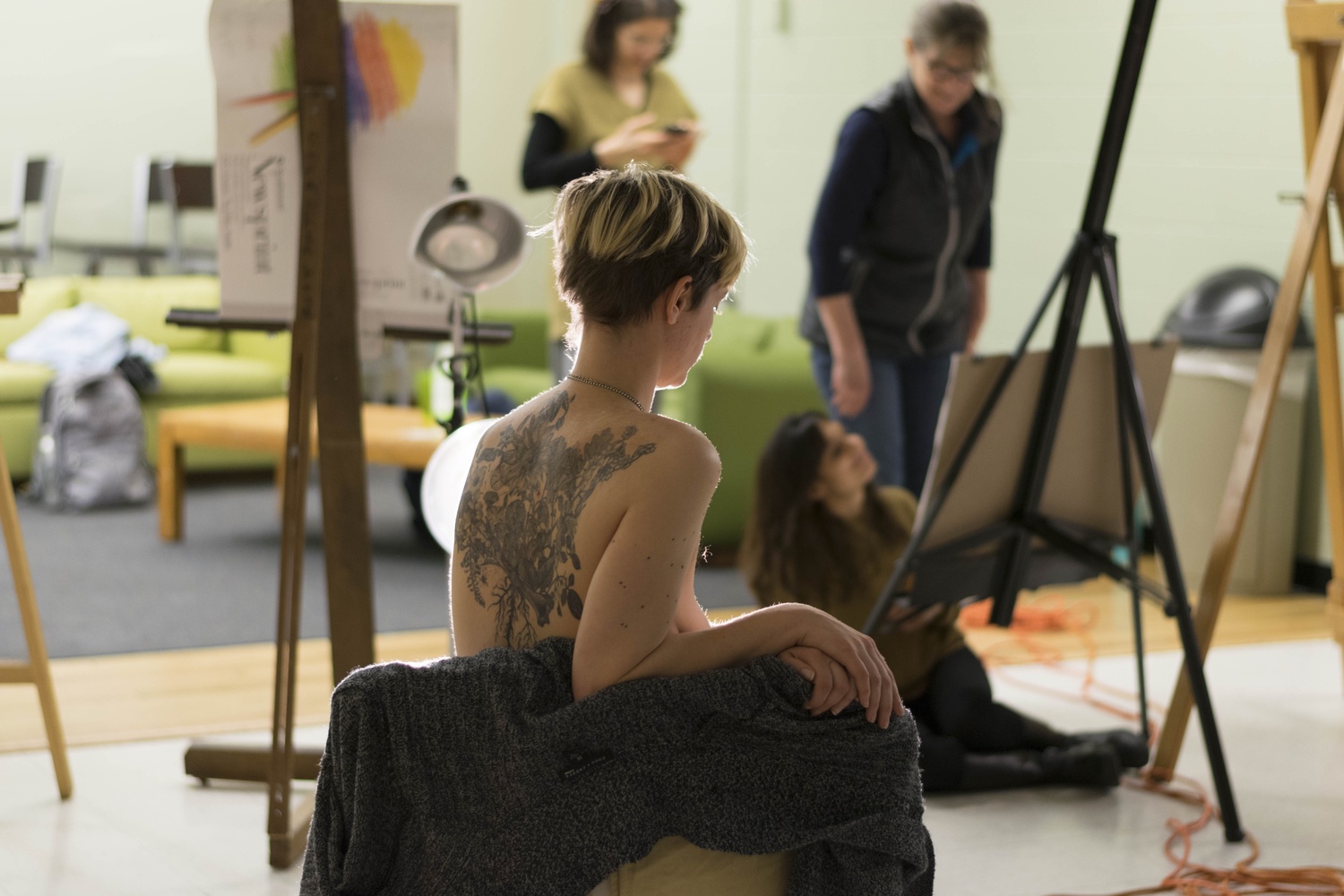Category Archives: Fashion Design
- Home
- Archive by category "Fashion Design" (Page 2)

Haircut Saturday
This content is accessible to paid subscribers. To view it please enter your password below or send mike@standardsmichigan.com a request for subscription details.
No Logo Fashion
This content is accessible to paid subscribers. To view it please enter your password below or send mike@standardsmichigan.com a request for subscription details.
Abiit sed non oblita: Purdue Fashion Show
This content is accessible to paid subscribers. To view it please enter your password below or send mike@standardsmichigan.com a request for subscription details.
Art, Design & Fashion Studios
Art presents a different way of looking at things than science;
one which preserves the mystery of things without undoing the mystery.
NFPA 1 Second Draft Meeting (A2026) June 2 – 3, 2025
We are guided by four interdependent titles that set the standard of care for safety and sustainability of occupancies supporting the fine arts in education communities.
(1) Chapter 43: Spraying, Dipping and Coating Using Flammable or Combustible Material of NFPA 1: Fire Code. As a “code” the public has free access to the current 2021 Edition , and Chapter 43 at the link below:
NFPA 1 Fire Code / Chapter 43 Spraying, Dipping and Coating Using Flammable or Combustible Materials
You get a sense of the back-and-forth among the technical committee members from the transcripts of committee activity linked below:
First Revisions Report (282 pages)
Our interest lies in fire safety provisions for educational occupancies with activity involving paint, chemicals used with paint (art studios) and Class III combustible materials (garment design & prototyping).
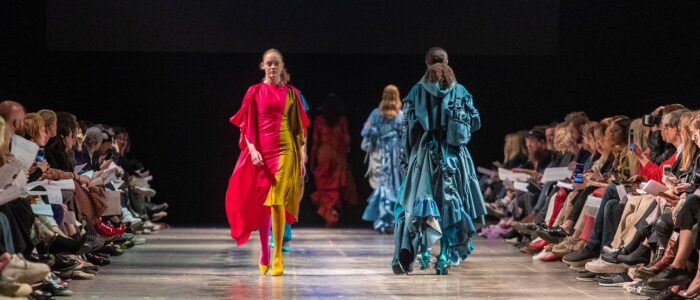
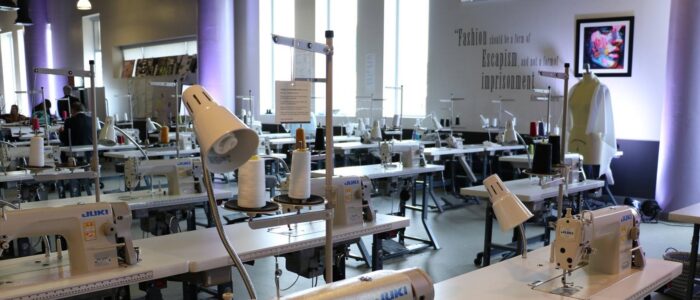
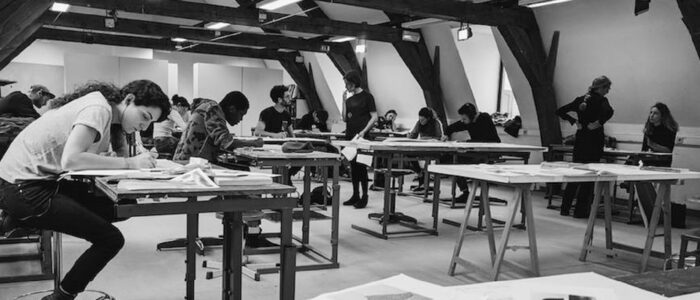
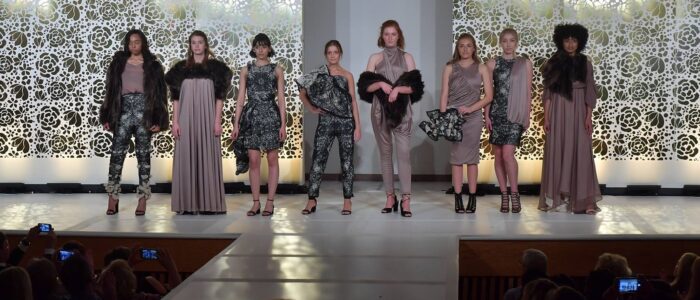
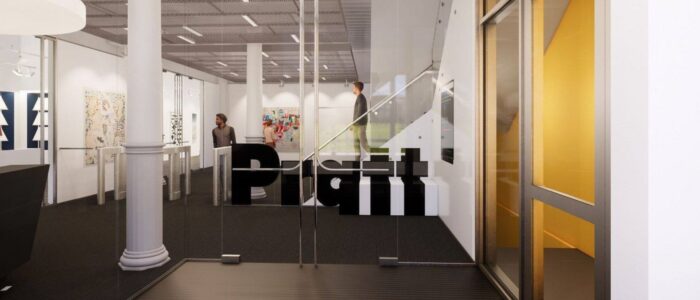
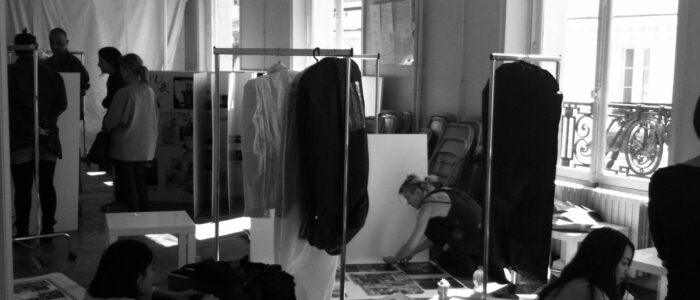
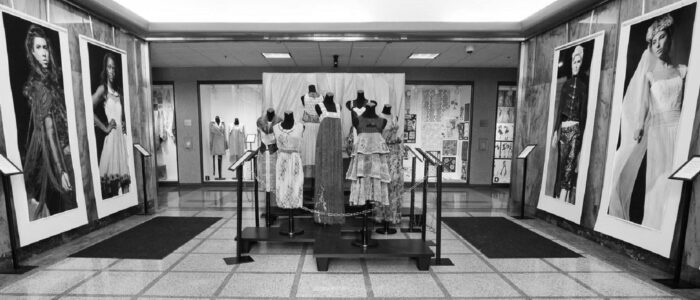
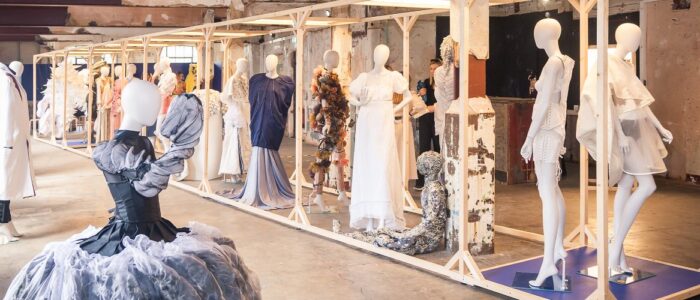
(2) NFPA also has another title — NFPA 33 Standard for Spray Application Using Flammable or Combustible Materials — provides more detail for instructional and facility maintenance operations activity.
(3) NFPA 101 Life Safety Code, much of which is derived from NFPA 1 (See: “How the Fire Code and Life Safety Code Work Together“)
(4) Finally, the International Code Council develops a competitor title — 2021 International Fire Code — which also provides fire safety standards for art, design and fashion studio safety. The IFC is developed in the Group A tranche of titles:
2021/2022 Code Development Group A
2024/2025/2026 ICC CODE DEVELOPMENT SCHEDULE
We encourage direct participation by education industry user-interests in the ICC and the NFPA code development process. A user interest in education community would have a job title similar to the following: Principal, Dean, President, Chief of Business Operations, Facility Manager, Trade Shop Foreman.
We maintain all four titles identified in this post on the standing agenda of our Prometheus (fire safety) and Fine Arts colloquia. See our CALENDAR for the next online meeting; open to everyone.
Issue: [10-31] [16-64]
Category: Fire Safety
Colleagues: Mike Anthony, Josh Evolve, Marcelo Hirschler
More
Northeastern University: Safety Guide for Art Studios
Princeton University: Art Safety
University of Chicago Art Studio Safety Policy
Dresdner Stadtfest
Founded in 1992 the Dresden University of Applied Sciences offers a range of programs focused on practical and applied sciences, aiming to provide students skills directly applicable to their careers. It provides an accredited course of study in “Fashion Design and Textile Design” that imparts creative and technical skills necessary for the fashion and textile industries which – by some criteria –are the third largest industry after energy and agriculture.
Lorem ipsum
Fashion Spring
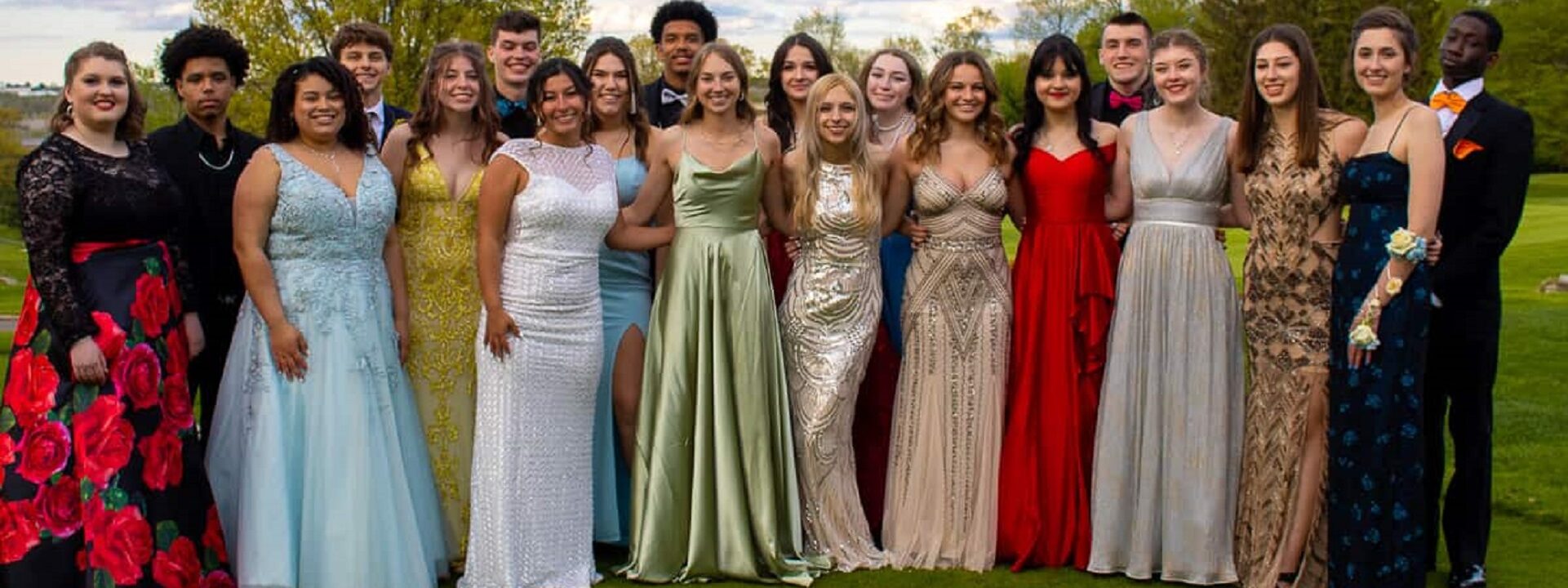 St. Peter's High School | Richland County Ohio
St. Peter's High School | Richland County Ohio Loomis Chaffee School | Hartford County Connecticut
Loomis Chaffee School | Hartford County Connecticut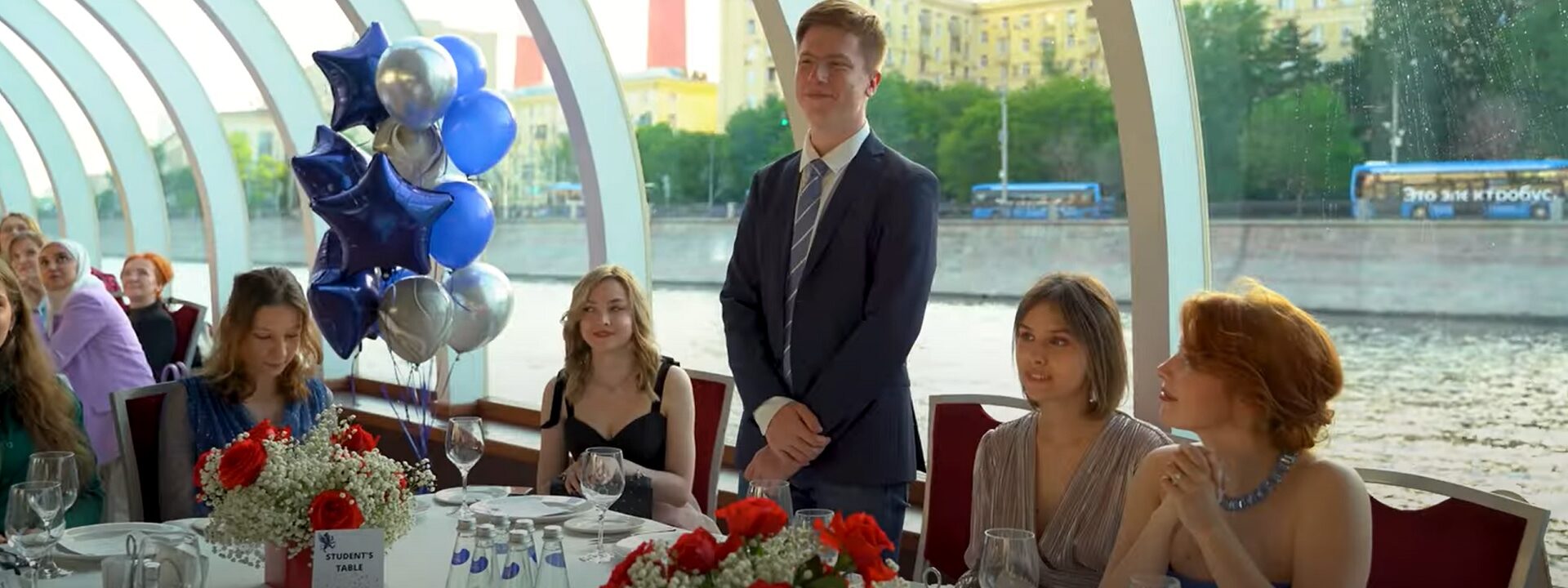 Brookes International Day School | Moscow
Brookes International Day School | Moscow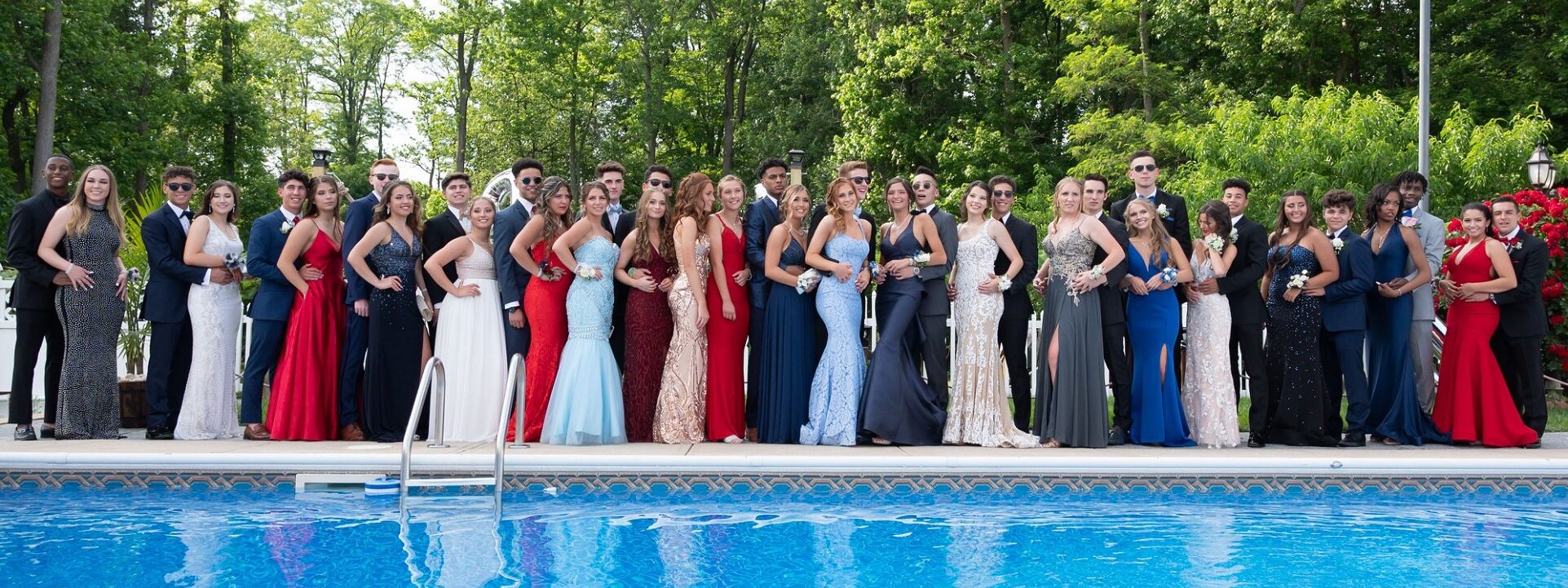 Georgian Court University | Ocean County New Jersey
Georgian Court University | Ocean County New Jersey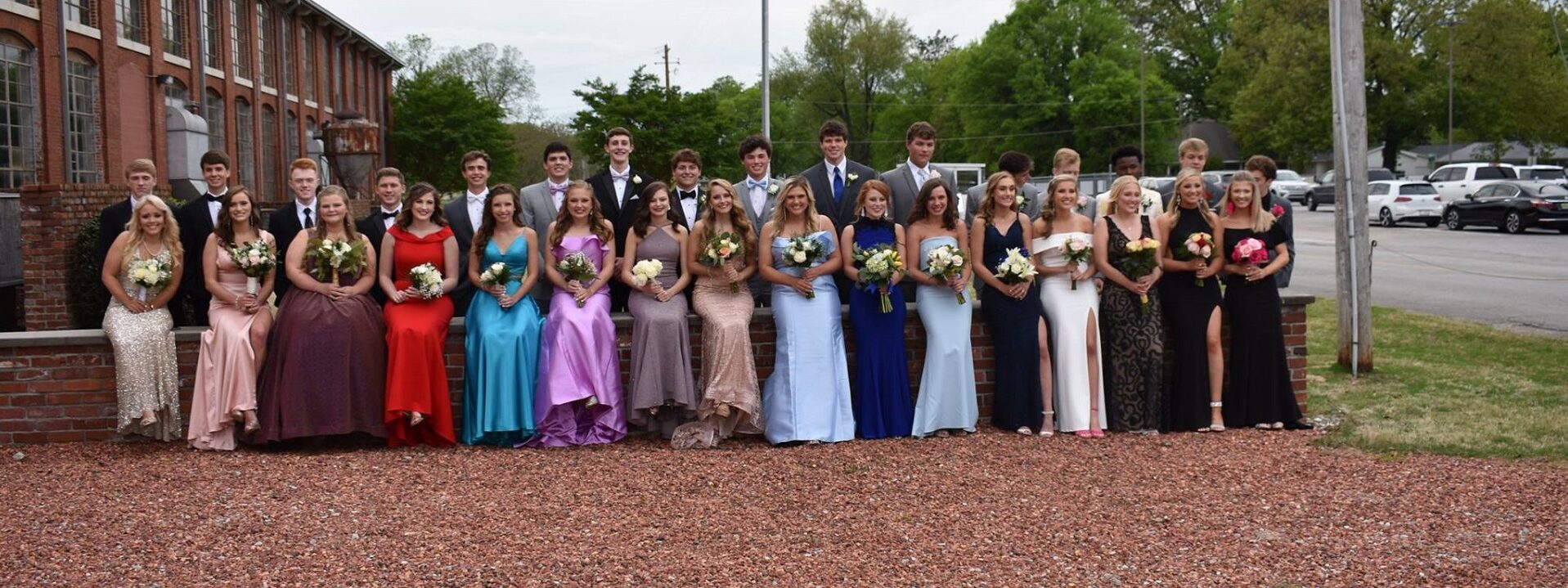 Athens High School | Limestone County Alabama
Athens High School | Limestone County Alabama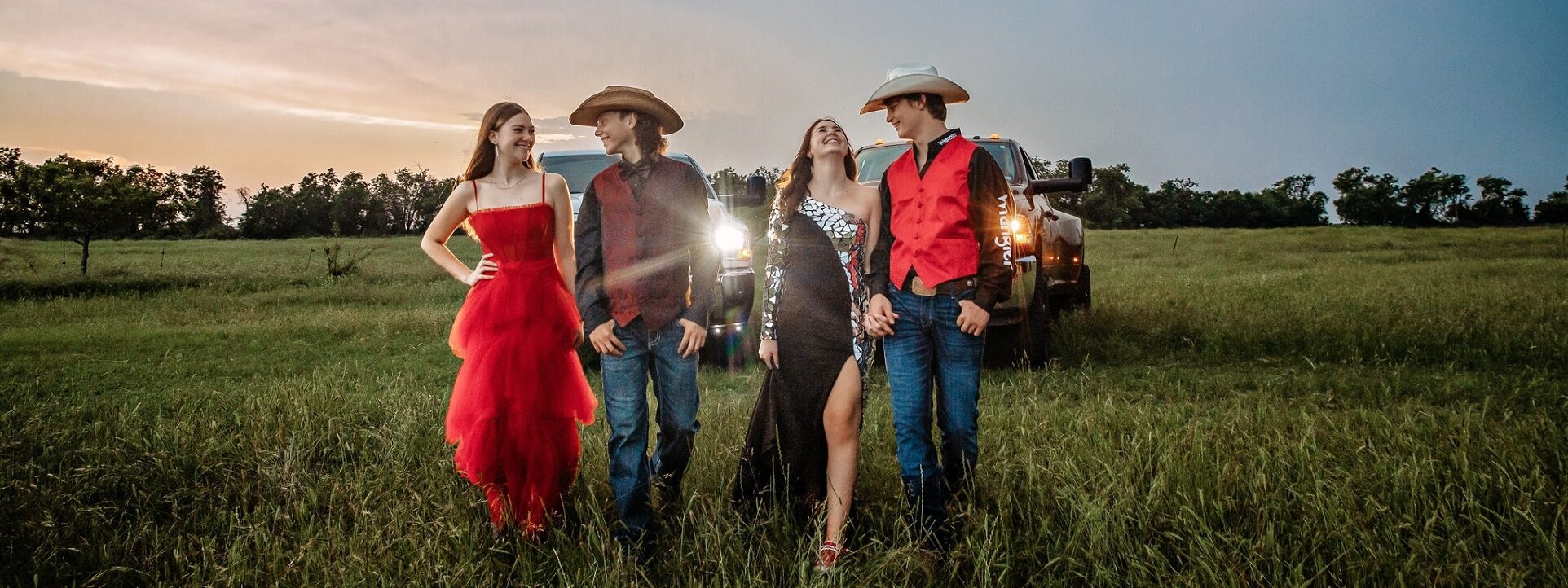 Round Rock Intermediate School District | Williamson County Texas
Round Rock Intermediate School District | Williamson County Texas Loomis Chaffee School | Hartford County Connecticut
Loomis Chaffee School | Hartford County Connecticut
Today at the usual hour we refresh our understanding of the best practice literature for the occupancies and equipment needed to prepare young people for careers in the textile arts; a remarkably large industry in every nation.
First the safety standards:
International Building Code
NFPA 497 and 499 (See link at the bottom of this page)
ASHRAE 62.1 (Ventilation for Acceptable Indoor Air Quality)
29 CFR 1910.1000 (Air Contaminants)
Trade association standards:
National Art Education Association
International Textile and Apparel Association
Council of Fashion Designers of America
UK Fashion and Textile Association
No single trade association exclusively represents fashion arts educators outside of textiles and apparel (e.g., for fashion illustration or design arts broadly), but organizations like Fashion Illustration, Design, and Arts offer resources for educators in niche areas like fashion illustration through awards, exhibitions, and educational programs.
Lee Russell/Underwood Archives/Getty Images
Boys on the Southside of Chicago on Easter morning, April 1941. pic.twitter.com/zc87lgN0xn— Edward Elderman (@edwereddie) April 17, 2025
Kent State University Fashion Museum | Portland State University Textile Arts & Costume Design
“Canal Street, New Orleans 1954 | Juliette Kida Renault
Esquire Magazinehttps://t.co/SCyWsTvUHZ@esquire
4D6F62696C697479https://t.co/Me02q5CZs8 pic.twitter.com/XnubCHq9sn— Standards Michigan (@StandardsMich) March 12, 2024
St. Clair College Fashion Technology | Ontario Canada
“A well-tied tie is the first serious step in life.” – Oscar Wilde
Double flap pockets
Unique stripe
Geometric tie
Glasses
MustacheLate 80s vibes pic.twitter.com/yBPLlndQO5
— O.W. Root (@NecktieSalvage) March 10, 2025
Tom Selleck: Born in Detroit Michigan, 1941 | Michigan Southeast Tri-County
In other news, my eldest has found a love for mid-century American fashion and so I guess what I’m saying is I learned how to style victory rolls this morning pic.twitter.com/ZshcP6BHcY
— Nᴀᴛᴇ ⚓️ (@oblatenate) July 2, 2025
The Barbie Standard
This content is accessible to paid subscribers. To view it please enter your password below or send mike@standardsmichigan.com a request for subscription details.
New update alert! The 2022 update to the Trademark Assignment Dataset is now available online. Find 1.29 million trademark assignments, involving 2.28 million unique trademark properties issued by the USPTO between March 1952 and January 2023: https://t.co/njrDAbSpwB pic.twitter.com/GkAXrHoQ9T
— USPTO (@uspto) July 13, 2023
Standards Michigan Group, LLC
2723 South State Street | Suite 150
Ann Arbor, MI 48104 USA
888-746-3670


